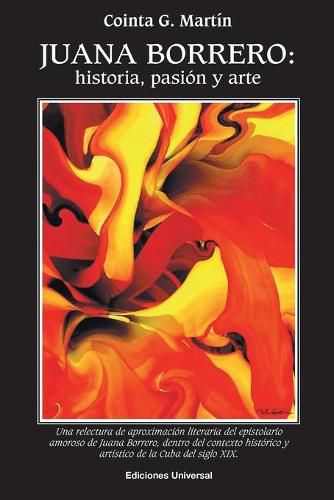Readings Newsletter
Become a Readings Member to make your shopping experience even easier.
Sign in or sign up for free!
You’re not far away from qualifying for FREE standard shipping within Australia
You’ve qualified for FREE standard shipping within Australia
The cart is loading…






This title is printed to order. This book may have been self-published. If so, we cannot guarantee the quality of the content. In the main most books will have gone through the editing process however some may not. We therefore suggest that you be aware of this before ordering this book. If in doubt check either the author or publisher’s details as we are unable to accept any returns unless they are faulty. Please contact us if you have any questions.
Cointa G. Martin was born in Havana, Cuba, and now lives in Miami, Florida. He received a bachelor of arts degree in literature (Doctor en Filosofia in Spanish) from Florida International University in 2012. His doctoral thesis, Mundos prohibidos: el poder en el discurso epistolar de Gertrudis Gomez de Avellaneda y Juana Borrero.
History, passion and art are the thematic axes on which revolve the more than 200 letters that the young Cuban poet, Juana Borrero, wrote to the poet from Matanzas, Carlos Pius Uhrbach. Yes, they are love letters, but they are also searching for creative spaces in the function of art, a pretexts for writing that during the last year of her life (1895-1896) were the framework to the experiences of a family caught in the middle of a conflict to which Cubans on the Island were plunged into, as well as those in exile in Key West.
Juana Borrero: historia pasion y arte, from a perspective of literary approximation, goes on a journey of amazing intimate discoveries through letters. It is a rescue project for marginalized documents in literature that enrich not only the Cuban historical and cultural heritage, but also the legacy of modernist art.
Today, at the threshold of a new era of written communication, Juana’s letters are a bridge of continuity in the epistolary tradition, that is to say, between letters and email. It is possible that other epistolarios will be published by a new generation, then it would not be strange that we again delve into the possible literary value of cybernetic correspondence.
$9.00 standard shipping within Australia
FREE standard shipping within Australia for orders over $100.00
Express & International shipping calculated at checkout
This title is printed to order. This book may have been self-published. If so, we cannot guarantee the quality of the content. In the main most books will have gone through the editing process however some may not. We therefore suggest that you be aware of this before ordering this book. If in doubt check either the author or publisher’s details as we are unable to accept any returns unless they are faulty. Please contact us if you have any questions.
Cointa G. Martin was born in Havana, Cuba, and now lives in Miami, Florida. He received a bachelor of arts degree in literature (Doctor en Filosofia in Spanish) from Florida International University in 2012. His doctoral thesis, Mundos prohibidos: el poder en el discurso epistolar de Gertrudis Gomez de Avellaneda y Juana Borrero.
History, passion and art are the thematic axes on which revolve the more than 200 letters that the young Cuban poet, Juana Borrero, wrote to the poet from Matanzas, Carlos Pius Uhrbach. Yes, they are love letters, but they are also searching for creative spaces in the function of art, a pretexts for writing that during the last year of her life (1895-1896) were the framework to the experiences of a family caught in the middle of a conflict to which Cubans on the Island were plunged into, as well as those in exile in Key West.
Juana Borrero: historia pasion y arte, from a perspective of literary approximation, goes on a journey of amazing intimate discoveries through letters. It is a rescue project for marginalized documents in literature that enrich not only the Cuban historical and cultural heritage, but also the legacy of modernist art.
Today, at the threshold of a new era of written communication, Juana’s letters are a bridge of continuity in the epistolary tradition, that is to say, between letters and email. It is possible that other epistolarios will be published by a new generation, then it would not be strange that we again delve into the possible literary value of cybernetic correspondence.